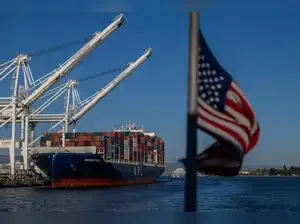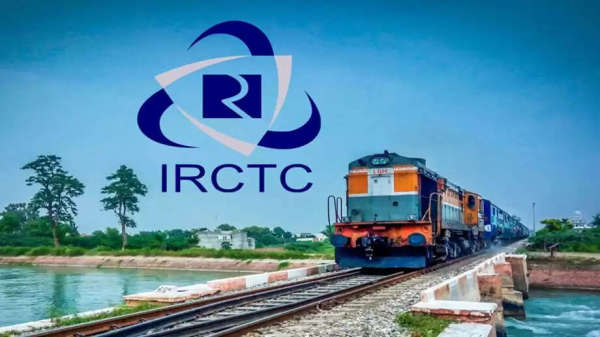New port fees implemented under the Trump administration’s US Trade Representative (USTR) office have significantly impacted the US-based maritime shipping firms, with one major freight ship owner facing an estimated $34 million annual tariff bill.
The fees, effective October 14, 2025, target ships built in China, vessels owned or operated by Chinese companies, and certain foreign-built vehicle carriers calling at US ports.
Previously, port fees for vessels were significantly lower, varying by port but generally at a fraction of the new charges now imposed under Section 301 tariff programs.
Atlantic Container Line (ACL), a prominent player in transatlantic shipping, has seen its vessels reclassified under the updated Section 301 tariff program, resulting in a substantial increase in port fees.
ACL’s ships, which mostly carry containers along with vehicles and heavy equipment, now face port fees of $18 to $50 per net ton each time they enter a US port. Since each vessel makes several U.S. calls per year, the total annual cost for ACL is estimated at around $34 million.
Andrew Abbott, CEO of ACL, told CNBC, “That's 25 vessels being charged $1.4 million a year, we are looking at a tariff total of $34 million a year.” The freight carrier warned that these costs could force it to reconsider its US operations, threatening transatlantic trade lanes and supply chains.
The fee structure aims to counter China’s dominance in global shipbuilding and maritime logistics. The fees are intended to incentivize American shipbuilding and reduce reliance on Chinese-built vessels, which make up a large portion of the global fleet. The Section 301 port-fee action was announced by the USTR in April 2025 and took effect Oct. 14, 2025.
While major ocean carriers have absorbed some fees so far, analysts expect the additional costs will eventually be passed on to consumers in the form of higher shipping rates and product prices. Chinese authorities have retaliated with matching port fees on US-owned or flagged ships operating in Chinese ports, escalating the trade tension.
The USTR has provided exemptions for government cargo and certain privately owned US-flag vessels, but the policy remains a significant economic hurdle for shipping companies operating on these trade routes.
This tariff escalation is seen as part of a broader effort by the Trump administration to regain competitiveness in manufacturing and reduce strategic vulnerabilities in supply chains linked to China.
The fees, effective October 14, 2025, target ships built in China, vessels owned or operated by Chinese companies, and certain foreign-built vehicle carriers calling at US ports.
Previously, port fees for vessels were significantly lower, varying by port but generally at a fraction of the new charges now imposed under Section 301 tariff programs.
Atlantic Container Line (ACL), a prominent player in transatlantic shipping, has seen its vessels reclassified under the updated Section 301 tariff program, resulting in a substantial increase in port fees.
ACL’s ships, which mostly carry containers along with vehicles and heavy equipment, now face port fees of $18 to $50 per net ton each time they enter a US port. Since each vessel makes several U.S. calls per year, the total annual cost for ACL is estimated at around $34 million.
Andrew Abbott, CEO of ACL, told CNBC, “That's 25 vessels being charged $1.4 million a year, we are looking at a tariff total of $34 million a year.” The freight carrier warned that these costs could force it to reconsider its US operations, threatening transatlantic trade lanes and supply chains.
The fee structure aims to counter China’s dominance in global shipbuilding and maritime logistics. The fees are intended to incentivize American shipbuilding and reduce reliance on Chinese-built vessels, which make up a large portion of the global fleet. The Section 301 port-fee action was announced by the USTR in April 2025 and took effect Oct. 14, 2025.
While major ocean carriers have absorbed some fees so far, analysts expect the additional costs will eventually be passed on to consumers in the form of higher shipping rates and product prices. Chinese authorities have retaliated with matching port fees on US-owned or flagged ships operating in Chinese ports, escalating the trade tension.
The USTR has provided exemptions for government cargo and certain privately owned US-flag vessels, but the policy remains a significant economic hurdle for shipping companies operating on these trade routes.
This tariff escalation is seen as part of a broader effort by the Trump administration to regain competitiveness in manufacturing and reduce strategic vulnerabilities in supply chains linked to China.








